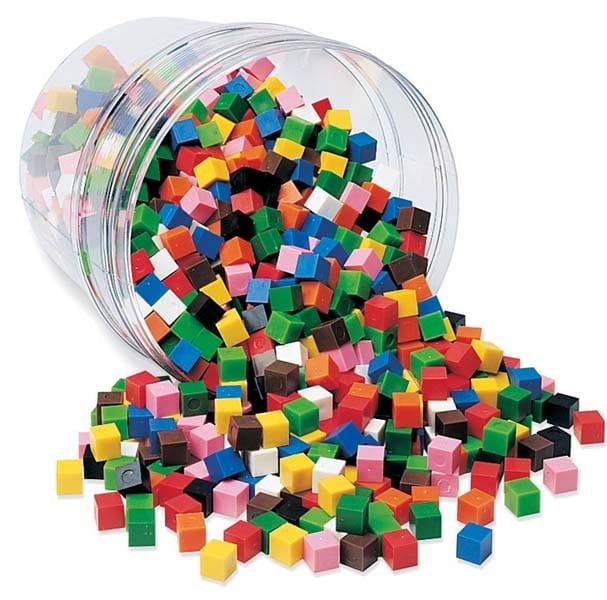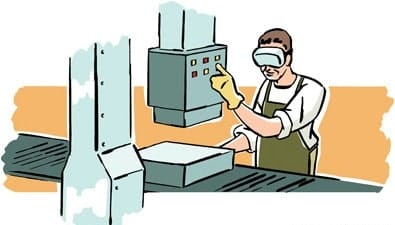Amid the cutthroat competition, every business needs to innovate to stay ahead of competitors. No business can survive for a long time if it continues to offer the same old unchanged products. Innovation and the launch of a new product or service are necessary to gain the upper hand in competition and to increase profits. GID, an established new product development company in California, explains the importance of custom product development for every business.
Here are some reasons, why the lack of new product development can adversely affect the sales and profit margin of a business.
A Business has to Understand the “Needs and Wants” of the Customers
A consumer’s “Needs and Wants” varies continuously. Businesses should respond immediately to these changes through their services and products. Otherwise, consumers will switch to competitors’ products that fulfills their “Wants and Needs” in a better manner. For instance, consumers all around the world are becoming more health conscious, which is forcing companies to launch low sugar, salt and fat products. Coca Cola Zero and Diet Coke are the best examples of new product development, which contains no sugar.
Your Competitors in the Market
Having an upper hand on the competition is the main aim of a new product development. Due to the advancements in the technology, new products are constantly being introduced to a target market that welcomes change and innovation. Nowadays, customers are not scared of trying new products. In fact, they often want the latest product to exemplify their style and status. If your product is successful (hopefully), then competitors will introduce something similar to yours with the aim to share the cake.
According to the tech giant “Google”, they developed Android operating system in order to prevent the technology market, for products such as mobile phones and tablets, begin controlled by a single supplier.
Product Reaches the End of Its Life Cycle
Everything comes with an expiration date. The product launched by you today, maybe on the final stage of its life cycle by tomorrow. Therefore, as a smart entrepreneur, you should introduce new, improved, and updated version. For example, Microsoft has done this by shifting from the Xbox to the Xbox 360 and, now Xbox 360 to Xbox One, continuously refreshing the product to meet the market expectations.
Product is at The Maturity Stage of its Life Cycle
Apart from the expiration date, there are chances that your product may need modification at the maturity stage of its life cycle. After a certain period, it may need modifications and feature additions to stimulate an increase in sales. For example, Nintendo has replaced its DSi console with the 3DS console, which contains additional features, including an extra camera so that you can film in 3D, a 3D screen that does not require glasses, motion sensors and a joystick. The company also launched its Wii U that delivers HD graphics and a highly enhanced experience compared to the company’s previous console, the Wii.
Product May Require Environmental Changes
As a business, we need to capitalize on environmental changes to survive and to earn bread and butter. Here is the best example of environmental changes: Music firms are now selling more music through the internet downloads as compared to that of traditional retail shop. Record companies were pushed into selling through the internet following the success of the website “Napster”. Therefore, it is necessary to sync your business with the latest trends.
Every Product Experiences, Problems
Unfortunately, if your products in the market are facing poor sales, or suffering from a negative reputation then immediately change your product offering. For example, in 2001, the launch of the innovative iPod player reversed the fortune of Apple Computers. Since then, Apple Inc. has successfully introduced the iPhone and the iPad, and raised its share price from $9.07 per share to over $500 per share.
Conclusion
According to GID, a Product Manufacturing Company, new and innovative product development is essential for all businesses. It helps businesses to dodge fierce competition and stay ahead of competitors.
If you do not develop new products for your consumers, then someone else will, stealing all your customers. To survive and for long-term advantages, every business should understand the importance of custom product development.
For any query on product manufacturing, feel free to contact us at https://www.gidcompany.com/contact-us/
Checkout our product EPOCIT.






